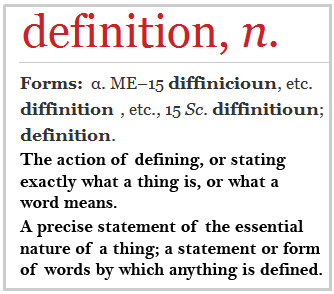![]()
Backlighting (also kicker or rim lighting)
Backlighting relates to a design of lighting where the the keylight, or one of the main lights, is placed facing the camera with the subject placed between them. The effect is to produce a glow or rim on the edges of the subject at the back. The glow effect at the back leaves the rest of the subject in shadow, or weakened light.
Often used in conjunction with other lights backlighting emphasises depth in the subject. It also creates a rim light around the edge of the subject that separates it from the background. This separation is very important where the subject may be dark and the background may be dark too. In that case, the subject can easily merge into the background without the backlighting.
Creating backlighting
Backlighting can be created by artificial light. In this case the backlighting is directed onto the back of the subject from one or more lights dedicated for that purpose. These lights are a part of the overall scheme of lighting in the scene.
Backlighting can be created using natural light. The subject is placed so that sunlight falls on the back creating a rim or backlighting effect. This is particularly useful where bright light on the front of a subject would over brighten it in the final image. So the subject is placed with the back to the sun and slightly angled to create the rim light. In this can fill flash at low power may be used, or other lighting, to create the correct exposure for the front of the subject. The natural backlighting on the subject is then used to separate the subject from the background scene.
More on backlighting
More detail on backlighting, its effects and use can be found here…
A simple introduction to backlight.
Photographic Glossary – Definitions, articles and resources…
Light and Lighting – Resource pages on Photokonnexion
A full article giving more detail of backlight effects and use
Examples of “Studio backlighting” on Google
Examples of general “backlight photography” on Google
Definition: Fill in Flash
Definition: Key light
Comments, additions, amendments or ideas on this article? Contact Us



